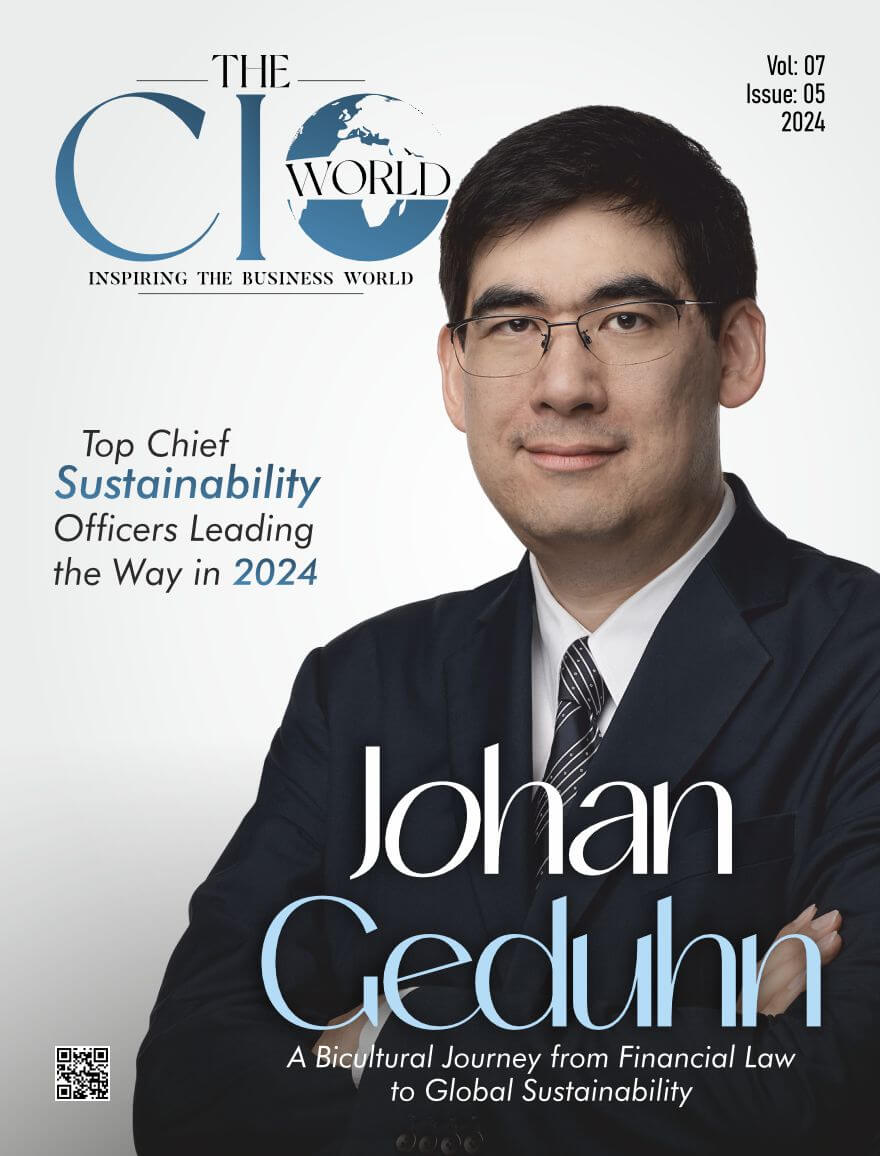To see if the shut-down Marsden Point refinery can be used to produce green hydrogen for synthetic jet fuel, the government is contributing an initial $575,000. However, the energy-intensive process would have to feed back into the NZ electrical system.
Some might contend that decarbonization necessitates a complete renunciation of air travel. Can a world that is contracting conceivably return to an era of remote island nations that only traded with China via slow boats?
More than virtually any other nation, New Zealand faces a pressing strategic challenge.
An announcement made yesterday is significant for those who recognise that long-haul air travel will be a part of our future and that local production and digital engagement with trading partners can never offer a comprehensive solution.
The decommissioned refinery will be used by Fortescue Future Industries and Channel Infrastructure, owners of Marsden Point’s fuel import terminal, to generate 60 million litres of synthetic aviation fuel (eSAF) annually, or 3 percent of New Zealand’s pre-Covid jet fuel requirements.
This goes through various sources of power. They are establishing agreements with power producers Mercury, Manawa, Top, and Yinson to create new renewable projects and are also constructing their own sizable solar farm.
They would create energy-intensive green hydrogen at the 300 MW plant using this power and more, and then utilise that to create eSAF. This would then be transmitted through a pipeline to Auckland Airport while being combined with imported fossil fuel.
Few observers had made the connection between hydrogen and low-carbon aircraft fuels, despite the fact that we knew Channel was considering both.
Amy Barrett, the country manager for Fortescue, hinted at this just before Christmas in statements to law firm Minter Ellison, suggesting that the media may not have been paying close enough attention.







